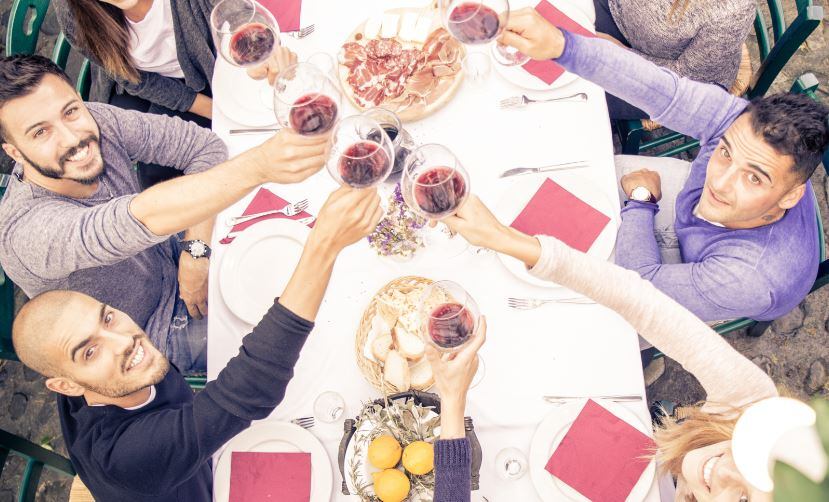Whether you’re the designated driver or trying to cut down on alcohol – there’s never been a greater demand for grown-up, non-alcoholic alternatives.
A recent report, led by industry insight service Wine Intelligence, uncovered that UK consumers are drinking less wine, with figures revealing the number of regular wine drinkers has fallen by around 1m since 2015.
According to global data analytics company Nielsen, the value of non-alcoholic wine sales in the UK rose by 66% last year – with producers now listening to consumer demand for products that fit changing lifestyle habits. A growing number of consumers are seeking out lower-alcohol or alcohol-free versions of their favourite drinks, due to a shift towards a mindful lifestyle.
One producer listening to the demand is Treasury Wine Estates, which recently introduced alcohol-free wines to its portfolio.
The Lindeman’s line-up is available in three variants including Chardonnay, Cabernet Sauvignon, and a sparkling blend of Pinot Noir and Muscat.
Kirstie McCosh, European marketing director for the brand says the appeal for lower-alcohol drinks is leading the wine industry to change.
“We felt that now was the right time to launch a Lindeman’s non-alcoholic wine,” says McCosh.
“We know the wine industry is changing as consumers are turning to other drinks categories or choosing not to drink at all,” McCosh explains.
“Low and no alcohol is a category in growth and with teetotallers now making up 21% of the total UK population and 75% of Millennials limiting the amount of alcohol they drink on a night out.”
McCosh added that there is a “great deal of interest” in alcohol-free wine, especially as it complements a meal.
“By giving shoppers an alcohol-free alternative from a consumer favourite like Lindeman’s, we are helping to recruit these consumers back into our category and providing them with new ways to enjoy our wines,” McCosh concluded.
Whether you’re considering the on-trade, your bottle formats are a crucial factor, explains Richard Cochrane, managing director of Spanish wine producer Felix Solis.
Cochrane, who has recently secured a partnership with pub giant Greene King to stock one of its new non-alcoholic wines in 187ml format, explains what wine producers need to think about when entering the low and no-alcohol categories.
“Say you’re out in a group, and there’s a designated driver, if the table is ordering a bottle of wine, that’s where we come in,” Cochrane explains.
Offering individual servings, he adds, is important to allow non-drinkers to “seamlessly blend in” with their less sober companions while cutting down on their consumption.
Also taking advantage of the category is top selling UK wine brand Hardys.
The producer says it has tapped into what they dub as the “fastest growing market” for low and no-alcohol drinks.
David White, marketing director at Accolade Wines, said the recent launch of its alcohol-free Chardonnay comes at the “perfect time to capitalise” on the no-alcohol trend.
“The alcohol-free wine category represents a growing £17m profit opportunity for the trade and Hardys Alcohol Free is perfect to help capitalise on this trend,” White explains.
“It offers import wines cues, such as grape style and flavour notes, and strong consumer confidence in the Hardys brand will help to drive purchase on occasions when consumers might be seeking an alternative to alcohol.”
With Nielsen stating the alcohol-free wine category is growing at 20% year on year, new additions show that Accolade’s launch of an alcohol-free variant within its widely distributed range, represents a major vote of confidence within the low and no-alcohol market.
In addition, with a growing number of consumers swapping the booze for a lower alcohol alternative, only time will tell whether this category can continue to accelerate at an ever-increasing pace.

